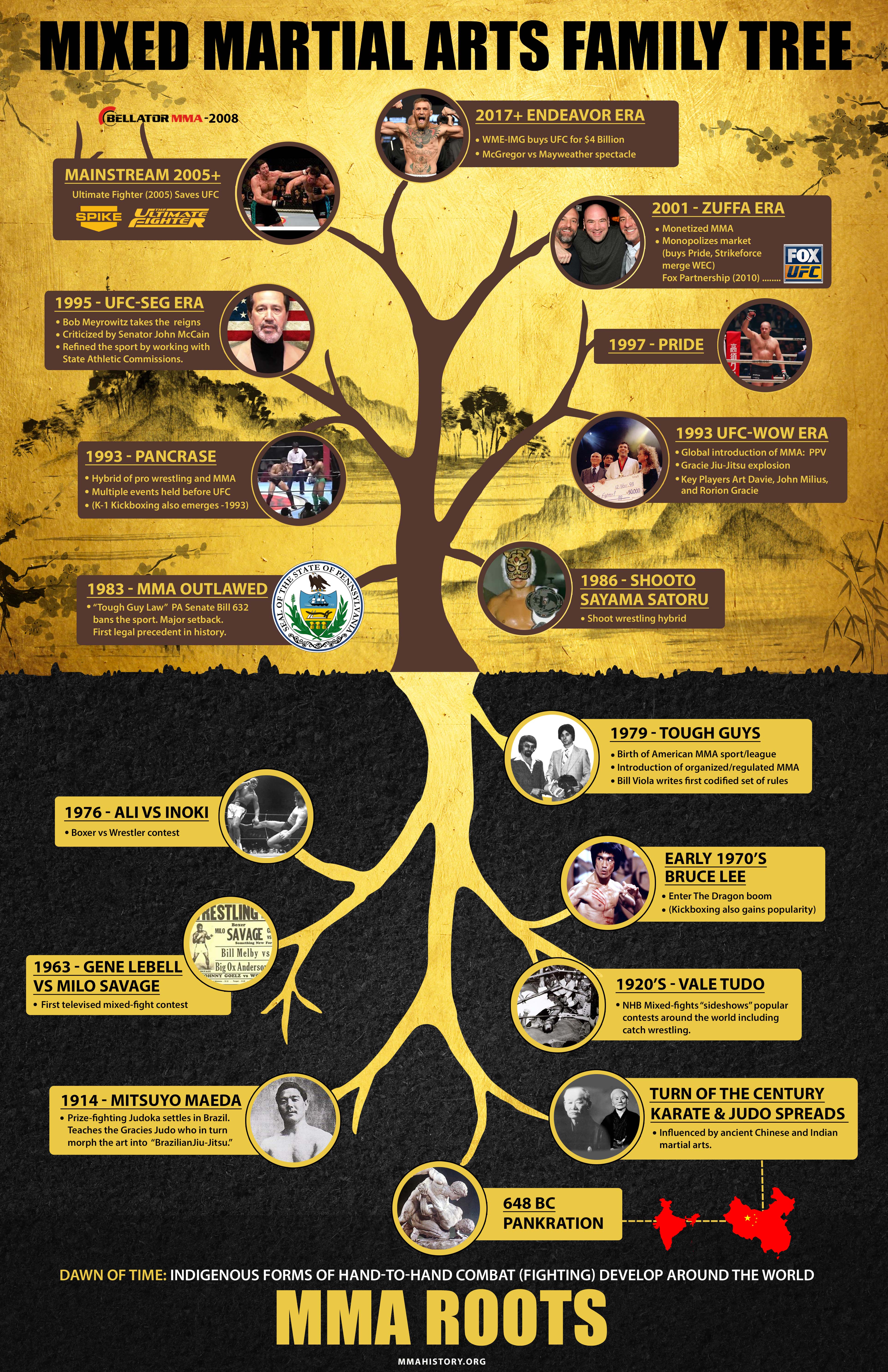The History And Development Of Martial Arts: From Its Old Origins To The Techniques Practiced Today
The History And Development Of Martial Arts: From Its Old Origins To The Techniques Practiced Today
Blog Article
Short Article Created By-Bonner Sun
Enter the world of martial arts, where old beginnings and modern techniques clash in an exhilarating trip of technique and self-discovery.
As you delve into the background and advancement of this fascinating art kind, prepare to be captivated by the cultural influences, technological innovations, and extensive ideology that have shaped it over centuries.
From the combat zones of ancient human beings to the training premises of today, martial arts have actually stood the test of time, regularly adapting and expanding.
Each strike, each motion, lugs with it the weight of plenty of years of practice and knowledge, passed down with generations. This is a tale of strength, of warriors that looked for not only physical expertise, however likewise inner strength and consistency.
Join us on this impressive expedition as we uncover the keys, the tales, and the transformational power of martial arts.
Prepare yourself to be influenced, challenged, and for life transformed by the history and evolution of martial arts.
Cultural Influences on Martial Arts
As you check out the history and development of martial arts, you'll rapidly discover the fascinating ways in which social influences have formed these combat techniques.
From the old civilizations of China and India to the more current growths in Japan and Brazil, martial arts have been greatly influenced by the cultures in which they originated.
For kajukenbo belts , Chinese martial arts, such as Martial Art and Tai Chi, are deeply rooted in the philosophy of Taoism and the concept of Yin and Yang.
On the other hand, Japanese martial arts, like Karate and Judo, mirror the samurai warrior traditions and the values of discipline and honor.
In a similar way, Brazilian fighting style, Capoeira, incorporates elements of African dance and music, mirroring the social heritage of African slaves in Brazil.
These cultural influences not only give each martial art its distinct characteristics but additionally provide a deeper understanding of the historic and social contexts in which they evolved.
Technical Improvements and Martial Arts
With the surge of advanced weapons and ingenious training devices, you have actually had the ability to enhance your abilities and adapt to the ever-changing battle landscape.
Technical developments have transformed the means martial arts are practiced and taught. Virtual reality simulations now allow you to train in sensible battle circumstances without the risk of physical injury. High-speed cameras catch every action, allowing you to analyze and perfect your methods. click here for more check your heart price, breathing, and muscular tissue activation, supplying instantaneous comments on your performance.
In addition, the development of specific tools, such as resistance bands and dexterity ladders, has actually allowed you to improve your rate, stamina, and dexterity. These technological innovations have not just made training more reliable however have additionally pressed the borders of what is feasible in martial arts, enabling you to reach new heights in your practice.
The Viewpoint and Principles of Martial Arts
The ideology and concepts of martial arts are deeply rooted in shaping your mindset and instilling technique, emphasis, and respect in your method.
1. Attitude: Martial Arts shows you to develop a strong and durable way of thinking. It allows you to conquer difficulties both on and off the mat, pressing your restrictions and persevering when faced with hardship.
2. Discipline: Martial Arts demands discipline and self-constraint. Through normal training and adherence to rigorous policies and strategies, you discover to regulate your impulses and establish a solid job ethic.
3. Emphasis: Martial Arts requires intense focus and focus. By training your mind to be present in the moment, you improve your capacity to respond rapidly and efficiently throughout battle circumstances.
4. Respect: Martial Arts emphasizes regard for oneself, teachers, educating companions, and challengers. It instructs you to value the abilities and experiences of others, promoting a feeling of friendship and gamesmanship.
Verdict
Congratulations on finishing your journey via the fascinating world of martial arts! Throughout this expedition, you have actually observed the rich history and impressive development of these battle methods.
From their old origins to the modern-day strategies we see today, martial arts have actually been shaped by social impacts.
The assimilation of innovation has also played a significant function in transforming the way martial arts are educated and practiced in today day.
Nonetheless, it is essential to keep in mind that martial arts are more than just physical combat. They include extensive viewpoints and assisting principles that go beyond the plain act of battling.
Take a minute to reflect on this anachronistic journey and value how the heritage of martial arts remains to prosper in the here and now, transcending time and limits.
